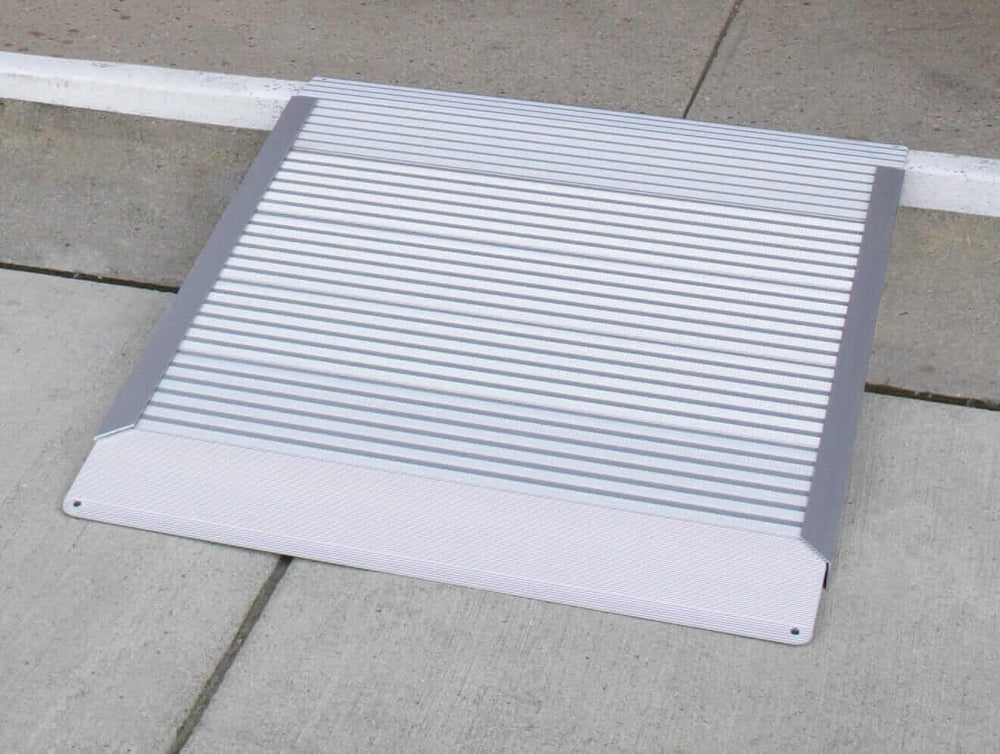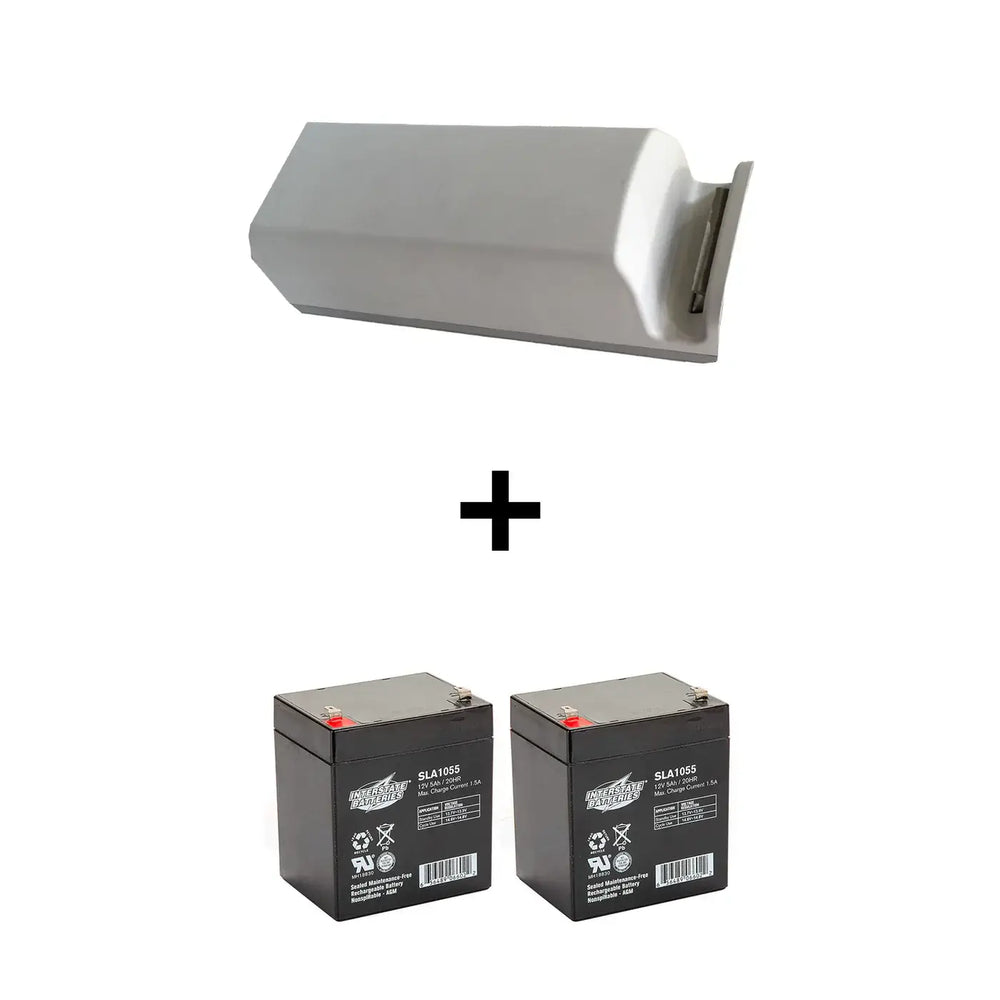Elevating Mobility: The Ultimate Guide to Choosing the Right Access Ramps

Understanding the Importance of Access Ramps
Access ramps, such as a disabled ramp or wheelchair ramp, play a critical role in improving mobility and accessibility for individuals facing physical challenges. These ramps offer a smooth transition between different elevations, enabling wheelchair users, seniors, and those using mobility aids to navigate spaces independently. By providing a barrier-free path, ramps for wheelchairs promote inclusivity and empower individuals to move freely and safely.
One of the key advantages of wheelchair and ramp solutions is their versatility. Whether it's a temporary ramp for an event or a permanent installation at a building entrance, wheelchair ramps can be customized to suit a variety of needs. Their flexibility makes them indispensable in public spaces, homes, and commercial buildings, ensuring everyone can access different areas without restrictions.
Beyond benefiting individuals with disabilities, handicap ramps also provide convenience for parents with strollers, travelers with luggage, and anyone who finds stairs challenging. These disability ramps for homes comply with accessibility regulations and enhance the overall user experience, making spaces more welcoming and user-friendly for everyone.
The design of wheelchair ramps is crucial in ensuring their safety and effectiveness. Factors such as slope, landing size, handrail placement, and surface texture all contribute to the usability and security of the ramp. Understanding these design considerations is essential to create accessible environments that cater to the needs of individuals with mobility impairments.
Moreover, access ramps symbolize inclusivity and equal opportunity. Investing in quality disability ramps for homes and ensuring their proper installation demonstrates a commitment to diversity, respect, and social responsibility. These ramps are not just physical structures; they represent pathways to independence and equality.
Factors to Consider When Selecting Access Ramps
When choosing a wheelchair handicap ramp, several factors must be considered to ensure it meets the needs of the users and the location. The primary consideration is the ramp’s intended use—whether it's for residential settings, public buildings, or commercial spaces. Different environments may require portable wheelchair ramps with varying specifications and features.
Another key factor is the slope and length of the ramp for home wheelchair. The slope must comply with accessibility guidelines to ensure safety and ease of use. Additionally, the length depends on the available space and the height difference the ramp must overcome. Proper measurements are critical to determining the optimal ramp length and slope.
Material selection is also a vital consideration. Aluminum wheelchair ramps, wooden disabled ramps, or composite materials offer different benefits in terms of durability, maintenance, and aesthetics. The choice of material should align with the ramp's intended use, budget, and environmental conditions to ensure longevity and functionality.
Safety features like handrails, edge protection, and non-slip surfaces are essential components of wheelchair ramps for homes. These elements enhance safety, particularly for portable wheelchair ramps used outdoors where weather conditions can affect stability. Focusing on safety ensures that the ramp prevents accidents and provides a secure environment for all users.
Additionally, maintenance and compliance with accessibility standards must be considered. Regular upkeep ensures the ramp remains functional and durable, while adherence to standards guarantees the ramp meets necessary specifications for accessibility. By considering these factors, individuals and organizations can choose handicap ramps for homes that are safe, functional, and inclusive.
Types of Access Ramps Suitable for Different Needs
There are many types of handicap ramps for wheelchairs that cater to different settings and needs. One common option is the threshold ramp, which offers a smooth transition over raised doorways and thresholds. This type is ideal for homes and can be easily installed without major modifications.
Portable wheelchair ramps offer flexibility and convenience, allowing users to create temporary access points in various locations. These ramps are lightweight, adjustable in length, and perfect for travel or events where temporary wheelchair ramps are needed.
For commercial and public spaces, modular ramps are a popular choice. These ramps consist of interlocking sections that can be configured for different entrance heights and layouts. Modular wheelchair ramps provide a customizable solution that adapts to changing accessibility needs over time.
In tighter spaces, such as interior hallways, telescoping ramps offer a space-efficient solution. These ramps can be extended and retracted as needed, providing accessibility without taking up too much room. For settings where traditional ramps aren’t practical, vertical platform lifts or inclined platform lifts may be used to provide wheelchair on ramp access.
Understanding the various types of ramps for wheelchairs helps individuals select the right solution for their specific needs, ensuring both convenience and safety.
Customization Options and Accessories for Access Ramps
Customization is crucial in ensuring handicap wheelchair ramps meet the unique needs of users and blend with the surrounding environment. Aluminium disabled ramps, for example, can be tailored in terms of color, railing design, and finish to complement the building's aesthetics.
Adding accessories such as handrails, gates, and signage can enhance the functionality of portable ramps for stairs. Handrails provide extra support on steep ramps, while gates help regulate access and improve security. Clear signage helps individuals easily identify accessible routes, further improving user experience.
For outdoor wheelchair ramps for homes, weatherproofing and anti-slip coatings are vital to ensure durability and safety. Aluminum disability ramps and other materials with weather-resistant coatings protect the ramp from the elements, while anti-slip surfaces prevent slips, especially in wet conditions.
Lighting is another practical customization. Illuminating handrails or adding pathway lights along the edges of portable ramps improves visibility and safety, particularly in low-light conditions. Proper lighting not only enhances the ramp’s usability but also adds an aesthetic touch.
By exploring the many customization options available, individuals and organizations can design ramps that prioritize both functionality and appearance. Building a wheelchair ramp that is tailored to user needs enhances accessibility, safety, and overall user satisfaction.
Let Us Know What You Think!
Your thoughts and questions are incredibly valuable to us, and we'd love to hear from you. If you have additional insights to share, your comments can spark meaningful discussions and enhance the collective knowledge of our community. Don't hesitate to ask any questions you may have; our team is here to provide answers and engage with you. So, please, take a moment to leave a comment or question below. Your input is much appreciated!















Leave a comment